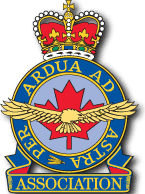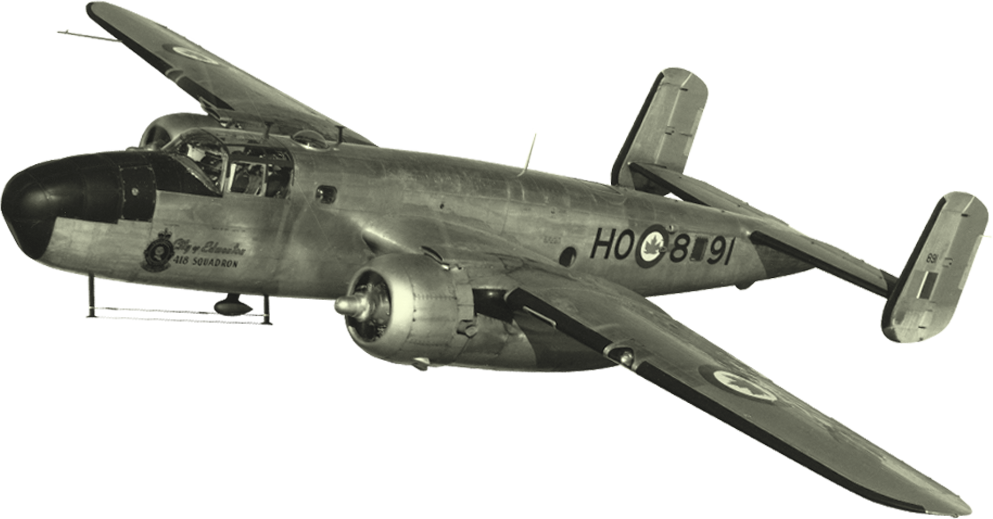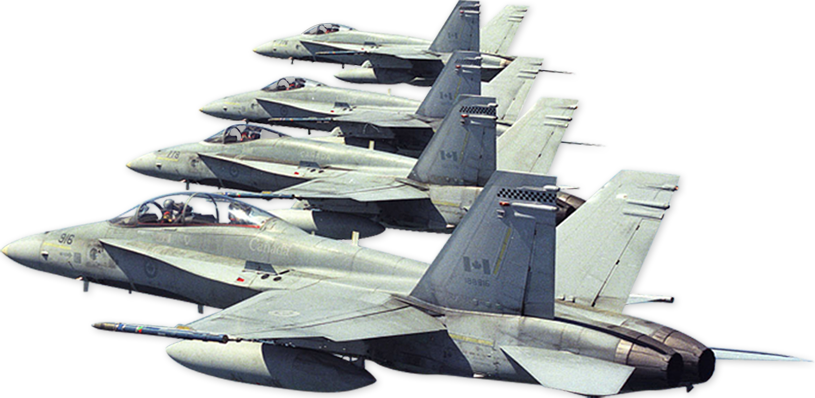DAGG,
Sergeant Francis George
Flight Sergeant,
No.106 Squadron,
R56902
Distinguished Flying Medal
RCAF Personnel Awards 1939-1949
Description (click to view)
DAGG, Flight Sergeant Francis George (R56902) - Distinguished Flying Medal - No.106 Squadron - Award effective 2 November 1942 as per London Gazette dated 6 November 1942 and AFRO 272/43 dated 19 February 1943. Born in St.Boniface, Manitoba, 12 October 1916. Home in Winnipeg where he was a skating instructor; enlisted there 18 April 1940. Trained at No.1 ITS (attended 29 April to 25 May 1940; graduated as LAC, 24 May 1940), No.1 WS (attended 1 August 1940 to 4 December 1940), and No.4 BGS (attended 17 March 1941 to 14 April 1941). Posted overseas to RAF, 25 May 1941; repatriated, 24 June 1943. Subsequently trained to be a pilot, attending No.19 EFTS (posted there 4 September 1943) and No.18 SFTS (posted there 28 January 1944; graded as pilot, 8 September 1944). Applied for operational wings, 22 January 1944 while at No.19 EFTS; application checked 23 January 1944, sent to AMAS/D/Ops, 24 January 1944, and authorized 25 January 1944; despatched 31 January 1944 and announced in AFRO 358/44 dated 31 January 1944. Released, 10 August 1945. DFM presented by King George VI, 30 November 1943. Photos PL-14522, PL-15689 (dated 1 April 1943, after investiture, FS Francis Dagg and FS Donald M. MacDonald), PL-15690 (dated 1 April 1943, after investiture with Misses J.H. Lowe of Marlow, England and Terrie Allan of Nottingham), PL-15687 and PL-20583 shows him. One Francis George Dagg is reported as dying in Ottawa,15 May 1965; uncertain if this is the same man. // Flight Sergeant Dagg has taken part in operational sorties on the most heavily defended areas in Germany. He has never missed the opportunity of attacking gun posts and searchlights and on several occasions in combats with enemy fighters his unfailing alertness and accurate shooting have prevented serious attacks developing. He is an air gunner of outstanding ability and by his devotion to duty, both in the air and on the ground, has set a high example to all. // NOTE: Public Records Office Air 2/9604 has original recommendation dated 30 September 1942 when he had flown 26 sorties (131 hours five minutes) which has much more details: // // 11 Oct 41 - Essen (5.20) // 12 Oct 41 - Huls (5.10) // 21 Oct 41 - Bremen (5.45) - Shot up searchlights // 9 Nov 41 - Hamburg (4.50) // 10 Jan 42 - Wilhelmshaven (5.55) - Shot up gun posts and searchlights. // 14 Jan 42 - Hamburg (7.25) // 25 Jan 42 - Brest (4.25) // 11 Feb 42 - Dunkirk (2.05) // 14 Feb 42 - Mannheim (7.00) // 9 Mar 42 - Essen (3.35) // 24 Apr 42 - Rostock (6.40) - Machine gunned searchlights. // 4 May 42 - Stuttgart (6.05) // 8 May 42 - Warnemund (7.00) - Shot up searchlights. // 30 May 42 - Cologne (4.10) // 1 June 42 - Essen (4.05) // 5 June 42 - Bremen (4.50) // 25 June 42 - Bremen (3.50) // 29 June 42 - Dusseldorf (3.45) // 6 Aug 42 - Duisburg (2.40) - Mission abandoned // 8 Aug 42 - GARDENING, Silverthorne (6.00) // 11 Aug 44 - Mainz (6.30) // 27 Aug 42 - Kassel (4.45) // 4 Sept 42 - Bremen (4.00) // 10 Sept 42 - Dusseldorf (4.35) // 23 Sept 42 - Weismer (8.10) // Flight Sergeant Dagg has taken part in 26 operational sorties including the bombing of such targets as Essen, Rostock, Stuttgart, Warnemunde, Weismar and the Ruhr. // Whenever the opportunity has presented itself he has shot up gun posts and searchlights and on several occasions has had combats with fighters. Although not being able to claim any as destroyed, several have certainly been damaged and his unfailing alertness and accurate shooting has undoubtedly saved his aircraft from the serious attacks which might have developed. // One night when bombing Kassel he saw another aircraft being attacked by a night fighter, but by his promptness he distracted the fighter's attention and probably saved our own aircraft from destruction. // Flight Sergeant Dagg is an Air Gunner of outstanding ability and his work both in the air and on the ground has won him highest praise and has set an example to all other Air Gunners of the squadron. // Public Record Office Air 50/208 has two combat reports relevant to him, as follows: // 27/28 August 1942: Lancaster M/10; pilot S/L Wooldridge; flight engineer Sergeant Chamberlain; navigator, P/O Walley, air bomber, P/O Dickinson; wireless operator, Sergeant D.A. Jordan (awarded DFM); air gunners, Flight Sergeant Dagg and Sergeant William Kerr (later awarded DFM). // At 0010 hours this aircraft had just left the target (Kassel), height 12,000 feet, speed 210, bombs dropped. Rear gunner (Sergeant Kerr) saw a Wellington pass across the tail of our aircraft from starboard to port on a perpendicular course at a distance of 150 feet. The Wellington was followed by a Ju.88 and Sergeant Kerr fired a burst at it of about 50 rounds per gun. This Mid-Upper Gunner saw both aircraft but did not fire. No claim is made. Moon was on port beam. There were no searchlights, no flares and no flak. Enemy aircraft carried no lights. // 24 September 1942: Lancaster Y/10; pilot S/L Wooldridge; flight engineer P/O Curtin; navigator, P/O Walley, air bomber, Sergeant Ross; wireless operator, Sergeant D.A. Jordan (awarded DFM); air gunners, Flight Sergeant Dagg and Sergeant William Kerr (later awarded DFM). // On 24th September 1942 at 0440 hours when Lancaster Y/106 Squadron was at 5,000 feet, course 247̊ about 67 miles from Faro, on the way to base, having jettisoned its bombs, the aircraft was held in the beam of a single searchlight from astern. The Rear Gunner (Sergeant Kerr) observed an aircraft dead astern at a range of about 300 yards 300 feet below and as the range decreased, recognised it as a Me.110. Flight Sergeant Dagg, the Mid-Upper Gunner, also reported the aircraft. Conditions at this time were cloudy, but visibility was good with the moon on the port beam. Sergeant Kerr and Flight Sergeant Dagg opened fire when the range was about 200 yards and both believe the enemy aircraft to have been damaged as their tracer was observed to enter it. The Me.110 was seen to dive steeply to port and did not appear again. There was no answering fire. Our gunners fired in all 600 rounds. No action was taken with the IFF. There was no flak and nothing other than the searchlight could be associated with the shadowing. The Me.110 carried no lights. This aircraft is claimed as damaged.








